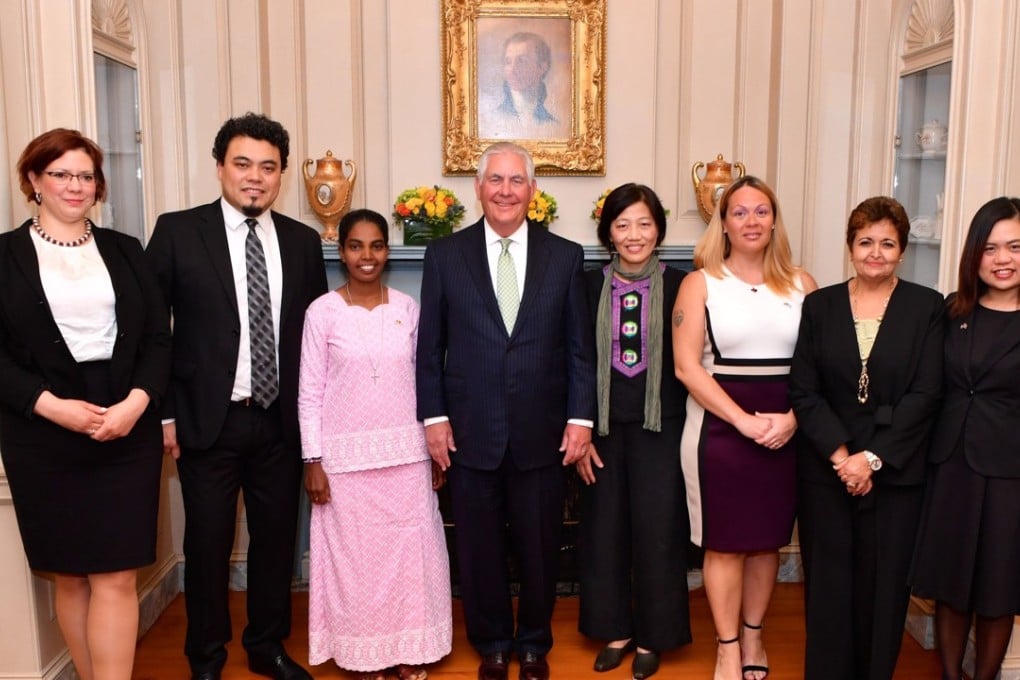Human-trafficking is a global crime, and the world must join the fight to end it
Matthew Friedman says the US State Department’s latest Trafficking in Persons report underlines how the world is failing to have an impact on this transnational crime against humanity, and says a collective, cross-border front is the answer

The US State Department’s annual Trafficking in Persons report was recently released in Washington. For 17 years, this report has offered an important summary of country-by-country responses to the trafficking issue globally. One of the notable outcomes of this year’s report was the emphasis that China had dropped from the “tier two watch list” to ”tier three”, the lowest ranking.
There are clearly human-trafficking issues that exist within China that need to be dealt with, but the same can be said of nearly every country in the world. The problem goes beyond the borders of any one country and no country is immune. It is truly a global issue.
US ranks China among worst human trafficking nations, risking a Beijing backlash
According to the report, out of the 21 million trafficked people, the number of victims assisted in 2016 was 66,520, down from 77,823 the year before.
The report represents one of the most important sources of data for those working in the field. And yet, the data suggests that, even with all of the government, NGO, UN and private-sector efforts combined, the world helped less than 0.5 per cent of the victims last year. This figure has remained largely unchanged for the past five years.
Hong Kong losing the fight against human trafficking, US report finds
Of positive note is that global convictions were up, from 6,615 in 2015 to 9,071 last year, and yet this still represents only about 0.8 per cent of the criminals estimated to be profiting from human-trafficking, the proceeds of which exceed US$150 billion.